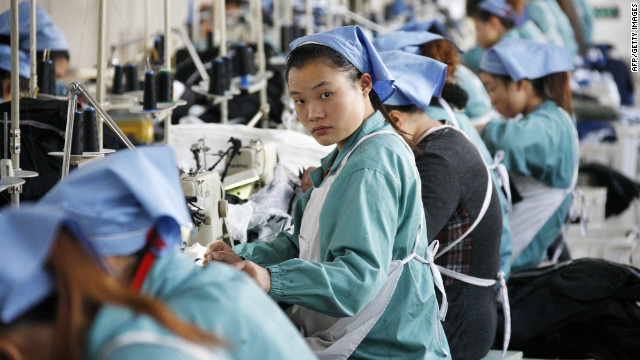|
E ncouraging cost and price trends continue to blunt the impact of this year's recession-driven drop-off in mill activity. Costs are still pretty much under control, and prices for the most part remain fairly firm.
Looking at raw material costs, tabs for man-made fibers are now lagging year-earlier levels by about 5.5 percent. And the news is even more encouraging for cotton, where latest spot prices are off by 13 percent. And this fiber weakness is likely to persist - especially in man-mades, where tags will be pressured by both continuing relatively low feedstock costs and more-than-ample global capacity. And in cotton, any increases should be held in check by expectations of another good crop year, a substantial inventory overhang, and less-than-sensational global demand. The picture is pretty much the same for labor. Specifically, average mill pay has remained virtually unchanged over the past 12 months. Add in the fact that productivity continues to inch ahead, and it suggests unit labor costs may even have inched lower. Meantime, prices haven't fared all that badly either. Indeed, greige goods, finished mill products and industrial textiles have increased 2 percent, 1 percent and 2.5 percent, respectively, over the past year, thus helping avoid any cost-price squeeze. All this is why mill profits - while still falling because of lower demand - are managing to remain in positive territory.  More Thoughts On Demand A few words on the demand outlook may also be in order. To be sure, 2009 numbers continue to paint a dismal picture - with this year's expected production total likely to tumble some 15 percent. And compared to just four years ago, the drop should be an even more precipitous 35 percent. On the other hand, all these negative numbers have to be put in proper perspective. As pointed out previously, this huge drop-off seems to be coming to an end. Thus, production activity has been bottoming out, with little or no appreciable change noted for some four straight months. The Institute for Supply Management (ISM), which monitors change at the grass-roots manufacturing level, also seems to back up the changing industry climate. Specifically, four of its textile indicators - production, order backlogs, inventories, and export orders - have turned positive over the latest reported month. One top mill executive seems to confirm all this, noting his firm now sees the first signs of improving activity - though he adds that much of this may reflect customer rebuilding of inventories. Upshot: The worst seems to be over, and what happens over the next few quarters will depend on both how fast the economy recovers and how effective the United States is in keeping textile and apparel imports under control. Near-Term Question Marks As far as the overall economic trend is concerned, the news is basically a little better than it was only a few months ago. Indeed, the bottoming out in gross domestic product - first noted in the second quarter when this key indicator fell only about 1 percent - is expected to continue. Most business analysts now predict some growth through the remainder of the year - a marked change from the decline of the previous five quarters. On the other hand, any gains that do occur are expected to be relatively modest, probably something in the order of 1 to 2 percent. Implication: only a limited positive impact on textile and apparel activity. Meantime, it's also doubtful whether there will be any help from imports. For one, China shows few signs of making any further upward revisions in its currency, the yuan, and also seems determined to provide its producers with additional tax and other incentives. Moreover, other foreign suppliers seem equally determined to push their exports to the United States as they strive to recover from their own business downturns. Still another big import problem is continuing lax US enforcement of trade rules, as texile fraud - most notably in the form of country-of-origin mislabeling - soars to new heights. The inescapable conclusion: Given all of the above, textile and apparel imports are likely to remain a king-sized headache - not only for the remainder of the year but also for the foreseeable future. Advertisement |
|
An Improved Cost-Price Picture
Updated: 2009-9-15 Source: Textile World Asia

Recommended News
Photo Gallery
Most Popular



